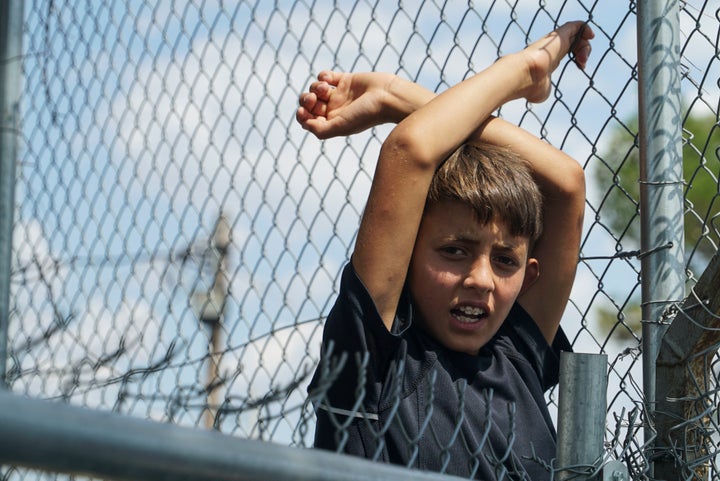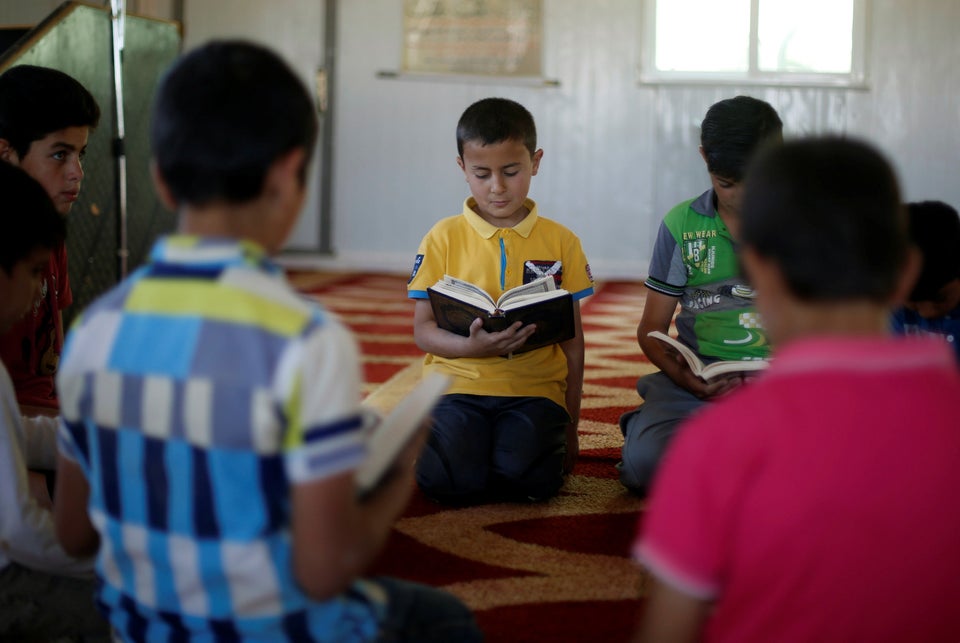An emergency scheme to help refugees stuck in Greece and Italy is ending this month, even though the European Union has relocated only about one-quarter of the 160,000 people it set out to help.
About 44,200 people have been relocated across 25 EU countries since September 2015, according to European Commission data. This leaves more than 70,000 unfilled relocation slots.
The 160,000 target may have been an overreach, said Susan Fratzke, a policy analyst at the Migration Policy Institute. But it was “arguably much-needed, given that there are about 50,000 people stuck in Greece,” she told HuffPost. Italy, she added, is still experiencing regular arrivals of migrants. More than 11,000 people landed in various parts of Italy in July, and an additional 3,000 people came in August, according to the United Nations’ refugee agency.

Several factors contributed to the European Commission falling short of its goal. First, many member states have refused to pledge relocation spots because they’re worried that legal pathways encourage more people to try to reach Europe, Fratzke said.
Hungary refused to accept any refugees as part of the scheme. Poland hasn’t relocated anyone since December 2015, and the Czech Republic hasn’t done so since August 2016. The commission started legal proceedings against these three countries in July.
“Each decision to relocate groups of migrants encourages thousands or millions more at the borders of Europe, to come to Europe, to get on boats and pontoons and risk their lives to reach the European continent,” Rafal Bochenek, a spokesman for the Polish government, said in response.
Fratzke also noted that the EU is running other, smaller resettlement schemes that tend to be prioritized.
For example, the European Commission approved a plan in July 2015 to resettle about 22,000 refugees directly from countries of first asylum. More than 17,000 people have been resettled so far.
Countries of first asylum are the places where refugees first go once they’ve fled their homeland. The EU has resettled mainly Syrian refugees as part of this program. They were taken to Europe from countries like Lebanon and Jordan in order to prevent them from undertaking dangerous journeys, like traveling across the Mediterranean Sea by raft.
In addition, as part of a joint agreement with Turkey devised in March 2016, EU member states have resettled 8,812 Syrian refugees directly from Turkey. The EU also sent 1,895 Syrian refugees back to Turkey because they had been caught entering Europe illegally.

“Looking at the results achieved so far, one thing is very clear: Relocation works if the political will is there,” EU migration commissioner Dimitris Avramopoulos said in July.
Yet there seems to be much more political interest in finding permanent solutions involving resettlement from outside of the EU instead of relocation within it, Fratzke said. The European Commission is now working on legislation for a more permanent mechanism that would provide legal pathways for people in dire situations around the world.
Even if 160,000 people had been successfully relocated, it would have been merely a drop in the bucket. More than 127,000 refugees and migrants have arrived in Europe so far this year, according to International Organization for Migration statistics. That number was three times higher in 2016, and more than 1 million people entered Europe the year before that. More than 100,000 people applied for asylum across the 28 EU member states in the first quarter of this year, and that number was almost twice as large last year.
Europe’s “big four” continental powers ― France, Germany, Italy and Spain ― met with the leaders of three African nations in Paris on Monday to discuss solutions to manage the flow of people from the Middle East and Africa into Europe.

